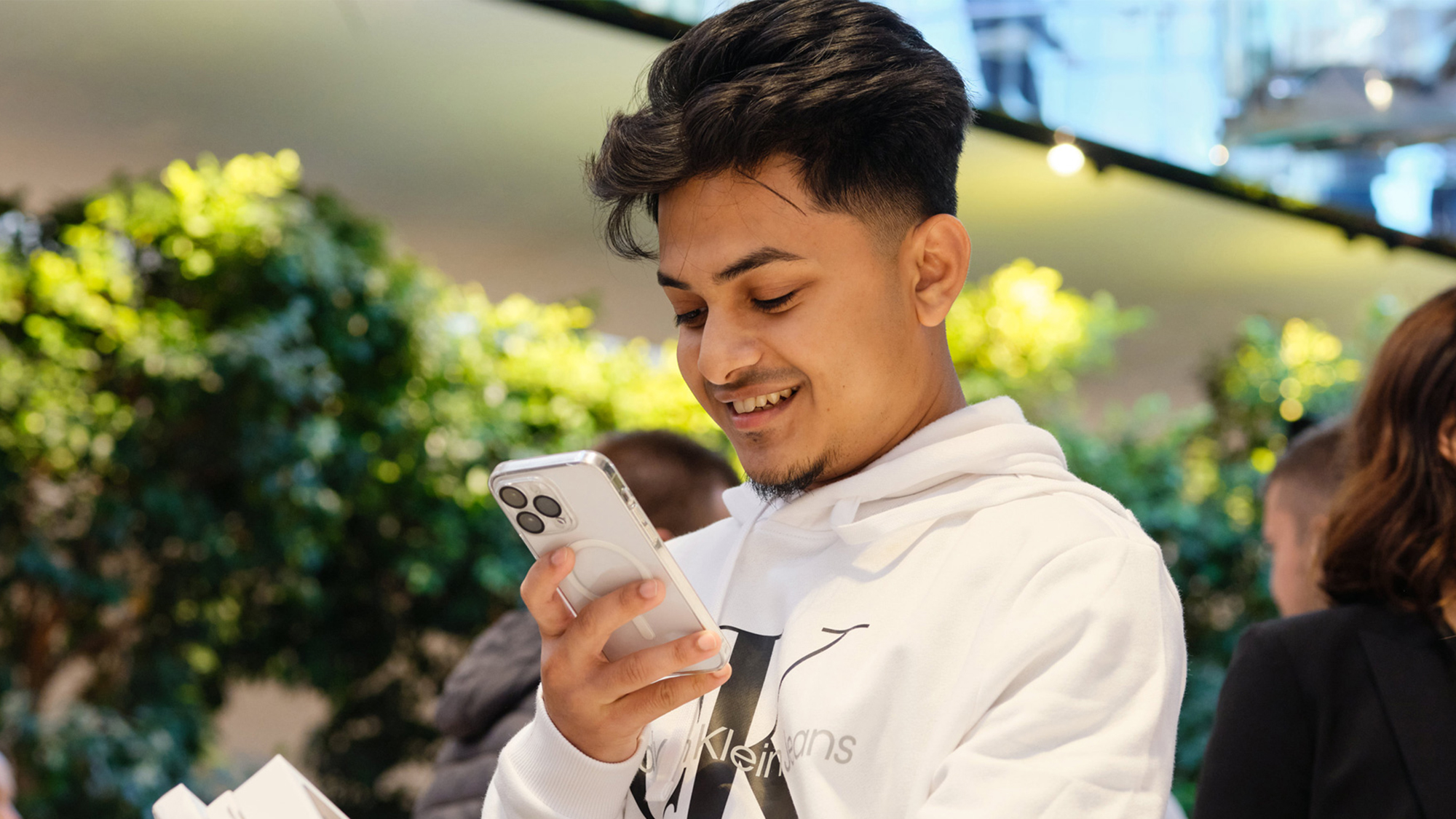

The rear camera on your iPhone 15 (also present on the iPhone 14 Pro and iPhone 14 Pro Max) is more powerful and versatile than you might have realized. It features a 48-megapixel sensor but default settings only allow it to take 24MP snaps.
The good news is that you can delve into your iPhone’s settings to switch your camera to full capacity and get more detail in your photos. There are some trade-offs you should know about, and the exact options vary depending on the iPhone you’re using. But if you’re serious about your smartphone photography, you should learn about the modes available to you and how they work.
How the iPhone 15 cameras work

When you take a photo on your iPhone 15 without the ultrawide or zoom sensors, iOS uses the main 48MP sensor to create a 24MP shot. There are two reasons for that—first, it keeps file size down, and second, it allows pixel binning, which means the camera combines multiple pixels to capture more light and produce a better image.
However, if you have the room on your iPhone to store the resulting snaps, you can switch to 48MP photos. Professional photographers often make the switch because capturing more pixels provides more flexibility over the final shot by letting you take control over how those pixels are processed.
[Related: Check out some of the winners of the latest iPhone Photography Awards]
But you should know there are differences depending on the iPhone you’re using. The dual-lens on the iPhone 15 and the iPhone 15 Plus, has a slightly inferior 48MP sensor than the triple-lens on the iPhone 15 Pro and the iPhone 15 Pro Max—the number of pixels is the same, but the pixel-capturing tech isn’t quite as good.
The other key difference is that the iPhone 15 Pro and Pro Max can capture RAW images, which Apple calls ProRAW photos. This format provides all the raw data from a digital image, providing photographers even more control and options over their work. RAW snaps take a little longer to process, use up a lot more storage space, and need some photo know-how to optimize, which is why the average smartphone photographer doesn’t bother with them.

The iPhone 15 and iPhone 15 Plus don’t have the processing grunt to manage RAW snaps, but they can still capture 48MP images in either HEIF or JPEG format. The result is still 48MP-size pictures but they’ll be slightly compressed, which takes away some of the manual post-processing control you get with RAW images. In certain ways, using a HEIF or JPEG format (which you can also do on the Pro models) goes halfway between shooting 24MP snaps and 48MP ProRAW, with the added benefit of significantly cutting down file sizes.
If you’re considering making the switch to 48MP photos, bear in mind that means a slightly longer time between tapping the shutter button and seeing your image on screen. What’s more, the dynamic range (the spread between the darkest blacks and the whitest whites) won’t be quite as good without pixel binning.
How to change the iPhone 15 camera settings

Having absorbed all of that information about photo formats, you’re ready to start making changes. Head to Settings in iOS, then tap on Camera. Unless you’re already shooting in RAW, your first choice will be between High Efficiency (HEIF) or Most Compatible (JPEG) for the image format.
Which one you pick is really up to you and will depend on what you’re doing with your snaps after you’ve taken them. HEIF tends to result in smaller file sizes, but JPEG is generally compatible with a broader range of software on desktop and the web. There’s plenty of information about both online.
[Related: The easiest ways to back up iPhone photos without iCloud]
To unlock the 48MP photos, turn on Resolution Control (on the iPhone 15 and iPhone 15 Plus) or ProRAW & Resolution Control (on the iPhone 15 Pro and iPhone 15 Pro Max). On the latter models you can also tap Pro Default to pick your preferred format: The list includes HEIF Max (up to 48MP), JPEG Max (up to 48MP), ProRAW 12MP, and ProRAW Max (up to 48MP). Underneath these options, Apple lists the average file size for each format, so you have an idea of how much space each picture will take up—10MB for a 48MP JPEG, for example, and 75MB for a 48MP ProRAW.
Launch the camera on your iPhone, and the new 48MP option will appear in the corner. It’ll be crossed out to begin with, so tap the icon to turn it on and choose which format you want to shoot—HEIF Max, JPEG Max, or RAW Max. On the iPhone 15 Pro and Pro Max, press and hold on the icon to switch between HEIF/JPEG and ProRAW. Note that you won’t get the option to switch to ProRAW on the iPhone 15 and iPhone 15 Plus.

By default, the Camera app will forget that you enabled 48MP photos when you switch to another app, so the option will be crossed out again when you come back to it. To tell the camera to keep the 48MP enabled, open the iOS Settings screen, tap Camera, Preserve Settings, and then either Resolution Control or Apple ProRAW & Resolution Control, depending on your iPhone model.
Note that because of the way the iPhone 15 produces photos, it will default back to 24MP whenever you’re taking Live Photos or macro shots, or using Night mode or the flash. This will happen no matter what settings you’ve changed simply because those different modes require different types of image processing.
